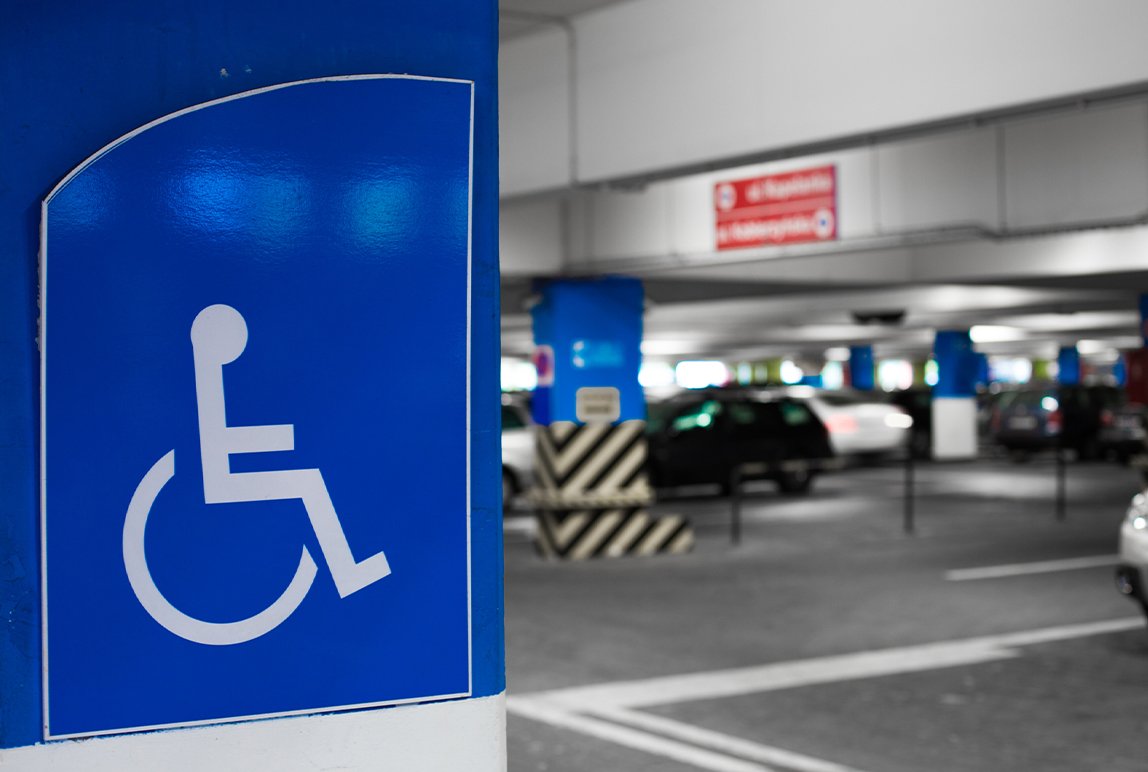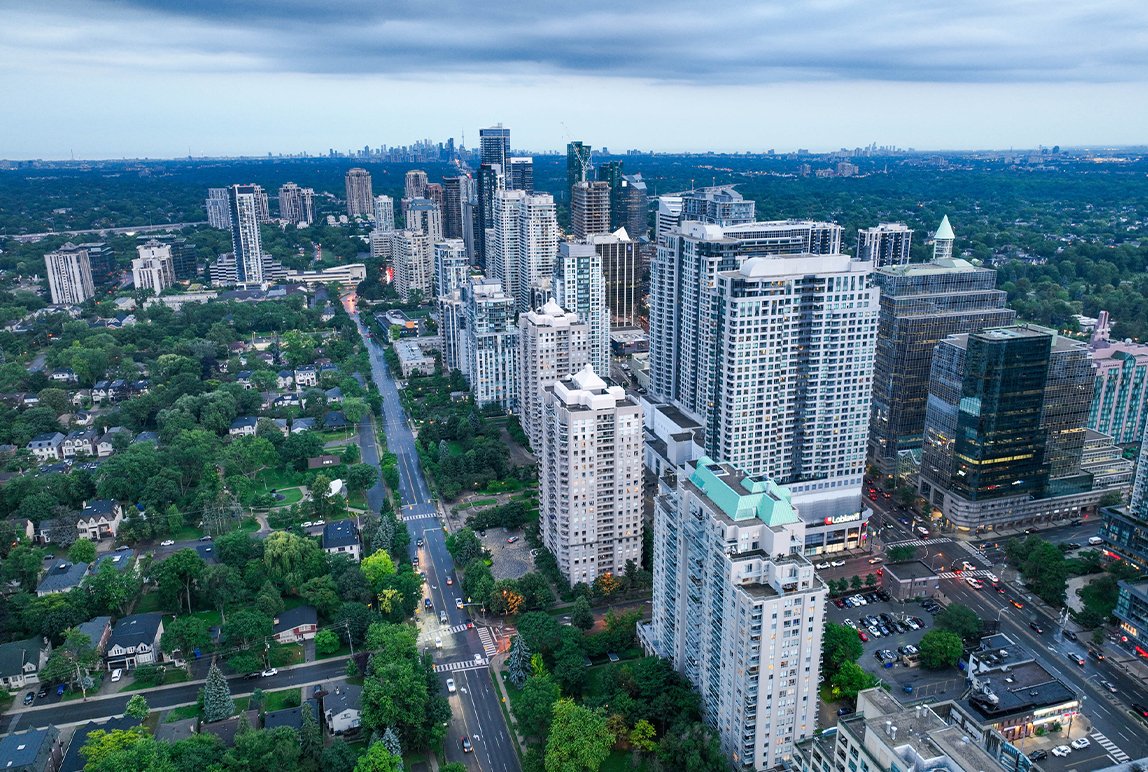How to Get the Most Out of Your Parking RFP
Posted: April, 07, 2021 7:55AM ET • 11 min read
Whether you’re an experienced procurement specialist or you simply have a small lot you want to start generating revenue with, getting the most out of your interactions with a parking technology supplier starts with asking the right questions.
Making sure that you have enough information to even ask those questions in the first place often means putting out a Request for Information (RFI) and letting the responses guide how you will subsequently write a Request for Proposals (RFP). For smaller jobs or where an existing relationship is being leveraged, you may get all the information you need from a Request for Quotations (RFQ).
I’ll start by briefly summarizing the differences between these types of document so you know which is best for you before going on to discuss what to look for in the responses you receive from proponents.
Which RFx is right for you?
RFIs, RFPs, RFQs (and all their ilk) all serve different purposes and become progressively more specific, so which you choose will depend on the information you have and the information you still need.
Some questions to consider in making a decision might include some of the following:
Do you have any existing parking equipment and/or technology? Does it need to be replaced, or are you adding on to your existing solution?
Are you working with an existing vendor?
Are you required to go through a formal RFP process?
Are you unsure of your needs and therefore have general questions?
Are you asking specific questions because you know exactly what you want?
How you answer these questions will determine how your team seeks out a parking operations contractor.
Request for Information
When you’re ready to find a contractor to install and possibly manage parking equipment in your lot, do you know roughly what the proposals you receive back will contain? Many who are new to procurement generally and parking in particular often don’t have enough information to know what technology exists, who the major players are, or what services they should be looking for.
Issuing an RFI is your invitation to those operating in the parking market to describe in detail what services they have available to meet the needs you identified in your document, and by asking open-ended questions, you give respondents the freedom to generate tailored solutions that truly target your needs and goals, based on their capabilities. From the respondents’ perspective, it’s also their opportunity to distinguish themselves from the competition, and to demonstrate the breadth and depth of their offering and/or area(s) of specialization. The intent of the RFI is typically to gain an understanding of what the market can offer at any given time.
RFIs generally do not result in a contract being awarded based solely on that process. Rather, the issuing company or organization will use the information they obtained through the RFI process to define more clearly what they would like to see in their parking facilities, usually with much more specific requirements.
For respondents that distinguished themselves with innovative solutions, the specifications they provide can be used as the basis for the technical and service parameters given in a subsequent RFP.
Request for Proposals (RFP)
Once you have an idea of what you’re looking for from respondents, you can issue an RFP. As described elsewhere, an RFP is based on some knowledge of the marketplace in question, and with a clear understanding of your objectives, needs, and the issues involved, you’re able to ask some specific questions to give proponents the opportunity to describe exactly how their solution best addresses those objectives and needs, and resolves those issues.
The request should still be open-ended enough for proponents to offer unique solutions you may not have considered, but it should provide enough detail, including broader business goals, for proponents to understand the context of your request and tailor a solution accordingly. Typically, the onus is placed on the proponent to provide clear and concise information when suggesting a solution that deviates from the specifications provided in the RFP.
Request for Quotation (RFQ)
When an organization of any size knows exactly what they wish to procure, they often opt for the RFQ route. This is a very stringent process, where a specific item or specific requirements are clearly stated, usually paired with a pricing form the issuing organization wishes to have completed and returned. Turnaround times on RFQ are usually around 2 weeks, and response packages don’t usually require any supporting documentation.
Direct Quotes
A small, privately owned lot is not likely to issue an RFP — they don’t typically have the resources to undertake such an involved process. Instead, it’s much more likely they’ll have had a meeting with a sales representative who will have walked them through the basics of a proposed solution. At this point, the interested party might ask the sales rep to generate a formal quotation based on their conversation.
Likewise, an organization that already has a relationship with a parking operator may skip the longer procurement process of an RFP and instead request a quotation directly. This might be because a service is being added on to the existing agreement, or the vendor may have been the winning proponent in an earlier request for prequalification (this is a common occurrence with consortium purchasers).
What to look for in proposals
Regardless of the document type you decide is the most appropriate for your purposes, you next have to consider what to ask for. Getting the most out of your supplier’s offerings ensures you get the most out of your investment.
Anyone can bolt a meter to a concrete pad and have it accept quarters to pay for a parking session, however gone are the days of feeding “dumb” meters (i.e., not connected “smart” meters). Modern systems are a great deal more sophisticated — and if deployed effectively, profitable as well — allowing you to control access and manage your resource more efficiently.
Here are a number of things to look for the proposals you receive:
Payment security
The payment types you want your PARCS system to accept will be determined, at least in part, by user demographics and throughput considerations (coins at exit are extremely rare, as contactless payment methods have emerged as the payment type of choice). Different payment types also have different security requirements (e.g., secure coin and bank note vaults, EMV certification for card payments).
Some demographics often prefer the familiarity of bills and coins to pay for parking. It’s very common, therefore, to find pay stations at hospitals, for example, still accepting cash even while the marketplace in general is moving away from it. Modern parking meters and pay stations feature configurable coin hoppers and sometimes even bill recyclers so that they can dispense change with the cash others have inserted, all of which reduces the number of collection and replenishment activities needed.
Still, when the time comes for a worker to perform a collection, the process must include not only mechanical or electronic locks on the canisters, but they should be different from the locks to open the station’s housing; this ensures that collections personnel cannot access the funds in the vaults. Vaults must be returned to a secure counting facility in order to be opened, have the contents verified, counted, accounted for, and deposited.
As an additional verification method, consider selecting a provider whose stations automatically generate electronic reports — transmitted directly to the counting facility — and physical receipts — produced by the station and to be submitted with the canister — that show a total amount but break it down by denomination as well. This level of verification not only makes it more difficult to alter deposit records, but lets internal and external auditors quickly identify any discrepancies.
Conversely, tech savvy customers typically prefer to pay for everything, including parking, with some form of electronic payment; this is why anything geared toward them, like shopping malls or downtown residential complexes, should always offer cashless options. These payment types require an altogether different approach to security, and these measures are becoming more and more relevant as these payment options become more readily available.
Robust accounting and auditing mechanisms are just as important to track electronic payments as physical payments. However, the focus on technology in these solutions means that network security, data integrity, and customer privacy take centre stage.
Your vendor’s PCI compliance is absolutely non-negotiable. The reporting, auditing, and security requirements this industry standard imposes on organizations processing customer payments on your behalf become more stringent as the number of transactions they process rises. Look for Level 1 PCI compliance to find an experienced vendor that safeguards your funds and has the most stringent procedures required in the world of financial processing.
EMV-certified payment solutions go another step further in terms of security, leveraging the microchips embedded in the cards and PIN verification. Most payment cards now also leverage NFC technology to allow you to tap your card on a payment terminal’s EMV reader to make a payment. Not only does this represent the latest and most secure payment technology on the market, but given the recent pandemic, you should expect to see your customers demand this “touchless” form of payment.
Smart and connected equipment
As we all know, a “smart” device is one that is capable of being connected with other devices. In the context of parking equipment, this is achieved either wirelessly with an imbedded SIM card or via Wifi, or is hardwired and physically plugged into a LAN connection.
This connectivity lets you integrate your equipment with sophisticated central management systems that can be further augmented with complementary layered cloud-based programs that offer you and your customers a number of convenient features. For example:
mobile payment options (for both gated and ungated parking lots)
robust reporting, business intelligence, and analytics dashboard
online and offline validations can be used as part of broader marketing campaigns to attract more business
reservations program (without the use of 3rd party vendors, if desired) where parking sessions can be reserved, initiated, or updated remotely
generation of barcodes and QR codes to offer discounted or specialty parking
Bluetooth low energy and/or barcode-based permits for smart devices (eliminating the need for separate RFID cards/fobs)
loyalty program
permit management and administration, allowing for self-registration by parkers, recurring monthly/annual billings, and automated waitlisting
Live central monitoring
Live central monitoring is also facilitated by parking equipment’s network connectivity, but I mention it separately here because it has broad and important implications.
Monitoring the health of your parking equipment can be a costly and time-consuming endeavour. For example, many smaller, privately owned lots generate nowhere near enough revenue to make hiring maintenance or customer service personnel feasible; others may have several lots that are widely distributed, making it costly to employ someone to spend their day driving to each site to make sure each meter is operational; and still others may employ several people to monitor and maintain equipment, but who are often left with little to do apart from change the occasional roll of ticket paper on any given day.
However, a service of this type presents several opportunities to make your parking operation more efficient and cost-effective. Vendors that have a great deal of experience with the equipment they offer and that have deployed the equipment in many locations can offer a centralized team of specialized staff to monitor many clients’ many systems simultaneously, meaning you no longer need to employ full-time staff for this function. What’s more, they’re able to provide a customer service element to receive reports of vandalized or otherwise physically damaged equipment from users via phone or email, and a centre like this can be staffed 24/7 to provide full coverage without your having to hire someone for an overnight shift, backups for breaks and holidays, or anything else of the sort. The economy of scale a firm can offer with this type of service is an important consideration for many operators and owners of various sizes.
Another cost savings comes in the form of smaller maintenance windows and lower servicing costs. Pay stations and parking meters don’t often experience system issues, however many of the ones that do occur can be detected and then cleared remotely — without a technician having to visit the site simply to restart a machine. And on those even rarer moments still when a technician’s site visit is required to correct an issue, remote monitoring can be leveraged once again to schedule upcoming activities; for example, a monitoring agent would be able to see whether a coin collection or ticket paper replenishment and close to being needed and simply adding those tasks to the work order to be completed at the same time and saving a second trip, or by verifying the GPS location of service vehicles and dispatching the closest technician.
Proponents responding to your RFP that recommend this service will often be priced higher than their competition, however this capability offers much greater value immediately, and over the long term by saving on staffing costs elsewhere, are ultimately more cost-effective. This is a clear case of allowing the technology to manage the parking operation, and reallocating personnel to roles and positions where they add more value to your overall operation and budget.
Ongoing maintenance
Regardless of where your vendor is located, it’s important they have a local facility close to your site where they’ll maintain an inventory of replacement parts and consumables for your entire solution. You may also find it’s an important consideration for you that your vendor has a lot of other clients in the area so that your sites are easily and seamlessly included in their existing maintenance and servicing rounds and perhaps already have the components for your solution in stock and available for immediate deployment.
If your vendor will be performing warranty maintenance on your equipment — and it only makes sense that they would — it’s important you ask for some kind of evidence of factory training. This will ensure the warranty remains valid and will ultimately extend the life of your equipment.
A vendor with a great deal of experience in your area will also be able to leverage economies of scale to maintain a fleet of service vehicles equipped with the most commonly used parts so that technicians can resolve the majority of issues on their first visit to the site. It’ll be particularly important for large and complex systems, like those of hospitals and airports, that service response times be brought down to an absolute minimum, and so to best serve your parking facility, consider vendors that have GPS-tracked vehicles so that your issues are always addressed by the nearest technician.
Turnkey solutions
In the end, regardless of the size of your parking operation, the best service and greatest value will come from vendors that are able to propose fully turnkey solutions that includes both equipment and management, tailored to your exact needs.
By offering all parts of the solution themselves, turnkey suppliers can cut down on administrative duplications that reduce efficiency, maintenance is performed by the same teams that installed the equipment, solutions are designed based on practical experience with the equipment, and contract negotiations are made simpler because there are no subcontractors to consider. Further, even if you do not require a fully managed service, the real life experience turnkey providers can give you as it relates to your parking operation will be priceless.
Share Article:
Featured Articles
ABOUT THE AUTHOR
Cynthia Bruce
Associate Director, Proposal Development
Cynthia began her career in the parking industry when she joined Precise ParkLink in 2015. With a leadership role in Precise ParkLink’s proposal development department, Cynthia is responsible for discerning our clients’ needs and developing compelling win themes that align our product and service offerings with those needs. Leveraging her education in business management at Humber College, she has continued to stay ahead of every opportunity in her career. In so doing, she works collaboratively with subject matter experts from among our R&D engineers, ensures the messaging within our marketing department’s collateral is consistent with our proposals, and mentors a small team of writers to develop their unique talents to the department’s advantage.
Questions?
Fill out the form below and we will do our best to connect you with a suitable contact.













